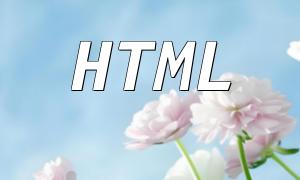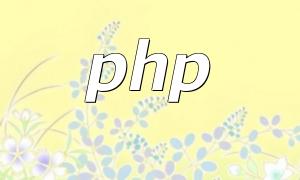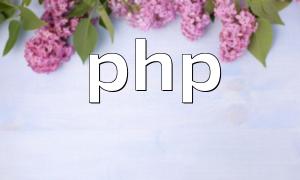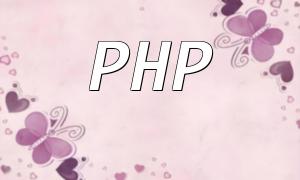PHP and HTML nesting refers to embedding PHP code inside an HTML document to generate dynamic content. This approach allows websites to display different information based on user interactions or data stored in databases. By combining the two, developers can create more flexible and efficient webpages.
When combining PHP and HTML, PHP scripts are often inserted within the HTML structure. Here is a simple example showing how to output a welcome message using PHP:
<?php
echo "Welcome to my website!";
?>
This example demonstrates how PHP outputs HTML content via the echo statement. Proper nesting can simplify the overall code structure.
An important application of PHP and HTML nesting is to dynamically display content based on conditions. The following example shows how to update the welcome message depending on the user's login status:
<?php
$isLoggedIn = true; // Assume the user is logged in
if ($isLoggedIn) {
echo "Welcome back!";
} else {
echo "Please log in to continue!";
}
?>
Conditional checks like this greatly enhance user experience by personalizing content.
Maintaining a clear structure is crucial when writing nested code. Here are some practical tips:
Good indentation and spacing help clarify the code’s hierarchy and make it easier to maintain. For example:
<?php
if ($isLoggedIn) {
echo "Welcome back!";
} else {
echo "Please log in to continue!";
}
?>
When embedding PHP in HTML, try to position code blocks near the relevant HTML sections. For instance, place form handling logic just above the form to improve readability and ease debugging.
Mastering PHP and HTML nesting techniques is essential for building dynamic, interactive websites. By understanding basic syntax, leveraging conditional logic, and keeping code organized, you can develop complex webpage features more efficiently and enhance both project quality and user satisfaction.








